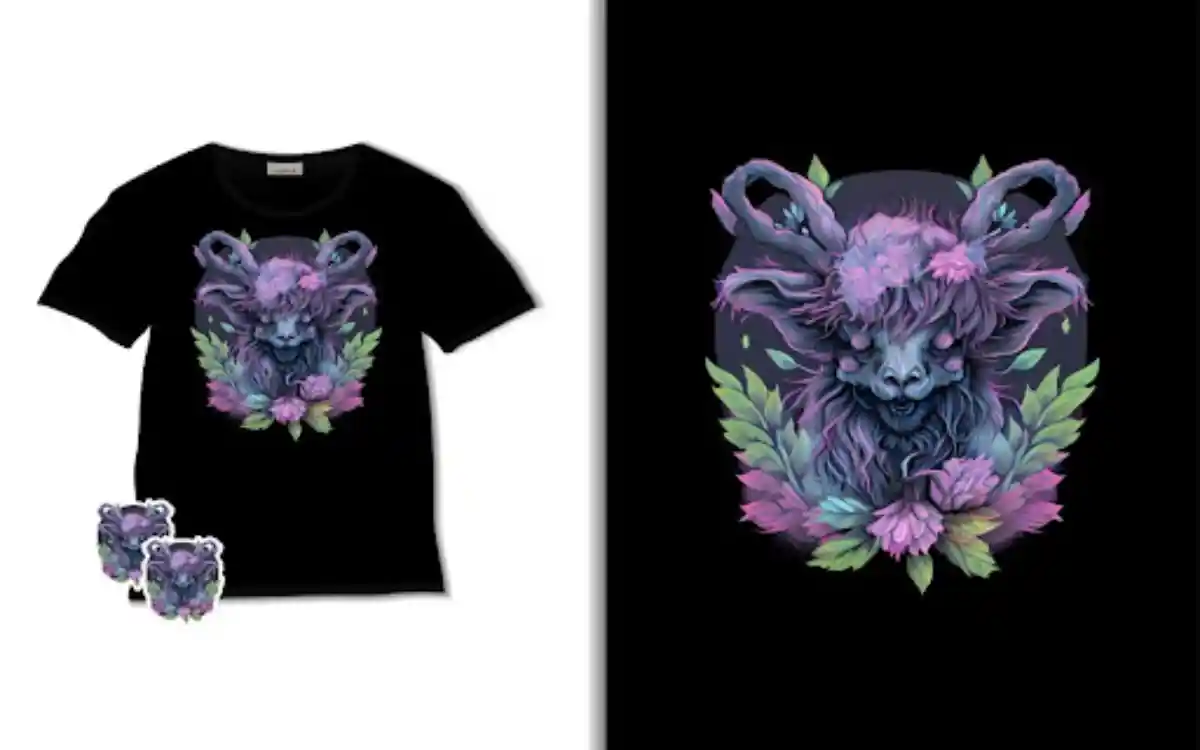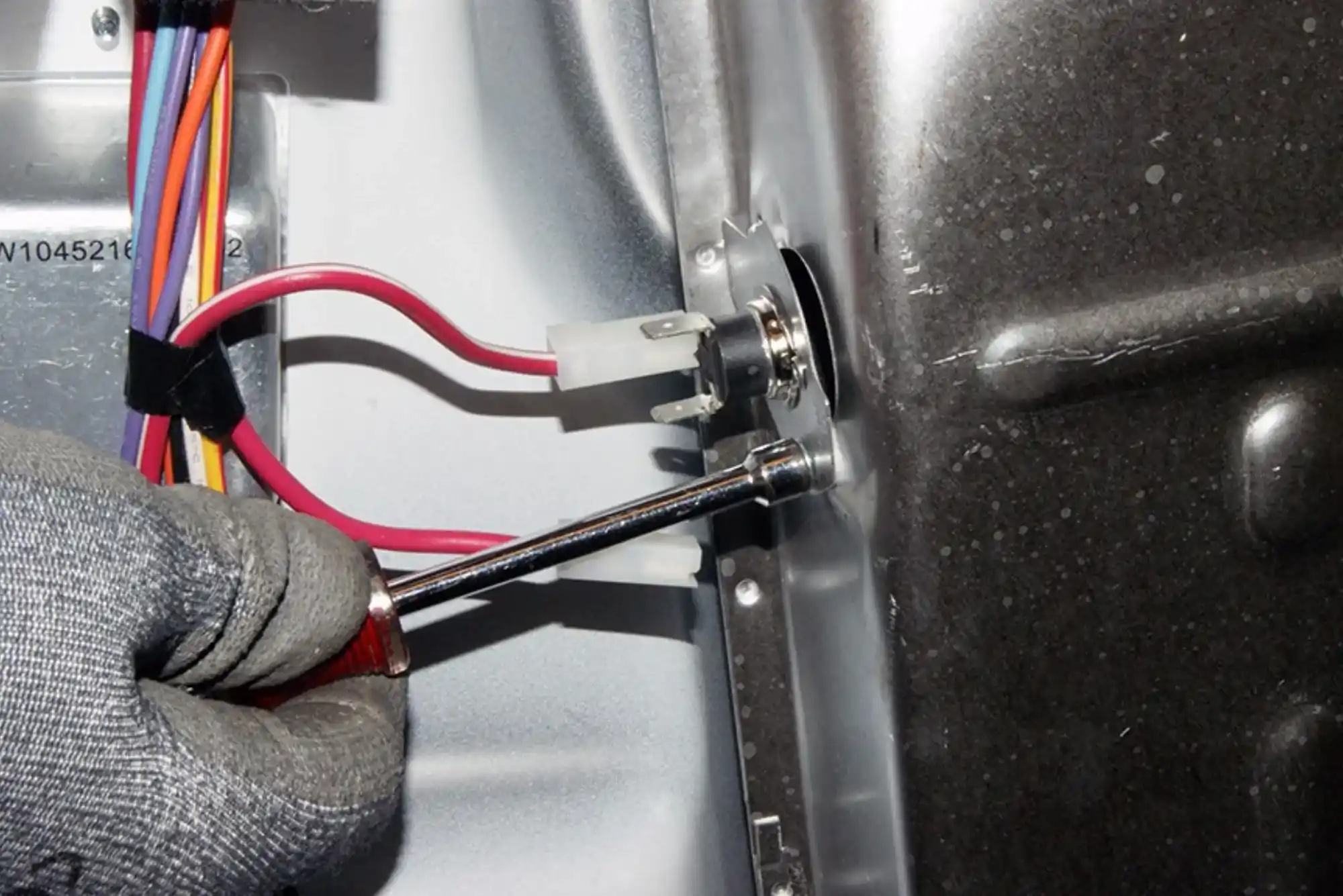What is DTF and Why is It Perfect for DIY Apparel?
DTF (Direct-to-Film) printing is an innovative technique that allows anyone to create custom apparel with professional-quality prints. Unlike traditional printing methods, DTF does not require fabric pre-treatment and works on various fabric types, including cotton, polyester, and blends. This makes DTF an excellent choice for DIY enthusiasts and small businesses looking to design their own clothing with ease.
How DTF Transfers Simplify the Customization Process
With DTF transfers, creating custom apparel has never been easier. Unlike screen printing, which requires stencils and multiple layers of ink, DTF transfers allow for full-color, detailed designs with minimal effort. Whether you’re designing t-shirts, hoodies, or tote bags, DTF transfers ensure high-quality results without the hassle of traditional methods.
Essential Equipment for DIY DTF Printing
To get started with DTF printing at home, you’ll need a few essential tools. A DTF printer is required to print designs onto transfer film, while adhesive powder helps the ink bond securely to the fabric. A heat press is essential for applying the transfer to garments, ensuring long-lasting durability. Investing in high-quality materials will improve the final outcome of your DTF projects.
Step-by-Step Process for Applying DTF Transfers
Applying DTF transfers is simple and efficient. First, print your design onto a special transfer film using a DTF printer. Next, coat the design with adhesive powder and cure it with a heat press or oven. Once the transfer is ready, place it on the fabric and apply heat and pressure to bond the design. After cooling, peel away the film to reveal a vibrant, professional-quality print.
Choosing the Best Fabrics for DIY DTF Apparel
One of the advantages of DTF printing is its versatility across different fabrics. Unlike sublimation, which is limited to polyester, DTF works on cotton, blends, and synthetic materials. For the best results, choose smooth, high-quality fabrics that allow DTF transfers to adhere properly. This ensures vibrant colors and long-lasting wear.
Design Tips for High-Quality DTF Prints
Creating visually appealing designs is key to producing standout DTF prints. Use high-resolution images (at least 300 DPI) to avoid pixelation and maintain sharp details. Choosing bold colors and well-balanced layouts enhances the overall aesthetic of your DTF transfers. Simple yet eye-catching designs work best for DIY apparel projects.
Common Mistakes to Avoid When Using DTF
Beginners often make a few mistakes when working with DTF printing. Applying too much or too little adhesive powder can affect print durability. Incorrect heat press settings may result in weak adhesion or fading. Ensuring that DTF transfers are properly cured and applied will help prevent peeling and cracking.
Caring for Your DIY DTF Apparel
To maintain the quality of your DTF prints, proper garment care is essential. Wash clothing inside out in cold water and use mild detergents to prevent fading. Avoid using high heat when drying, as excessive heat can weaken DTF transfers. Following these care instructions will keep your custom apparel looking vibrant and fresh.
Conclusion
With its ease of use, vibrant prints, and fabric versatility, DTF printing is an ideal choice for DIY custom apparel. Whether you’re personalizing t-shirts for fun or starting a small business, DTF transfers provide professional-quality results with minimal effort. By following the right steps and best practices, you can create unique, high-quality designs that stand out.
Frequently Asked Questions
- Is DTF printing suitable for beginners?
- Yes, DTF printing is beginner-friendly and does not require advanced skills to produce high-quality results.
- Can I use a regular printer for DTF printing?
- No, a specialized DTF printer is required to print onto transfer film using pigment inks.
- What types of garments can I customize with DTF transfers?
- DTF transfers can be applied to t-shirts, hoodies, tote bags, hats, and more.
- How long do DTF prints last?
- With proper care, DTF prints can last for years without significant fading or peeling.
- Do I need to pre-treat fabric before applying DTF transfers?
- No, DTF does not require fabric pre-treatment, unlike DTG printing.
- What temperature should I use for pressing DTF transfers?
- Apply DTF transfers at 300-320°F (150-160°C) with medium to high pressure.
- Can I wash DTF-printed garments in hot water?
- No, washing in hot water can weaken DTF transfers. Use cold water for best results.
- How do I prevent DTF prints from peeling?
- Ensure proper heat press settings and curing time to achieve a strong bond between DTF and fabric.
- Can I layer DTF designs on top of each other?
- Yes, but it’s recommended to press each layer separately to avoid adhesion issues.
- Where can I buy DTF supplies?
- High-quality DTF transfers, films, and inks are available from specialty printing suppliers online.





